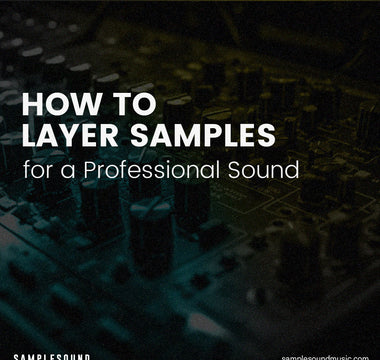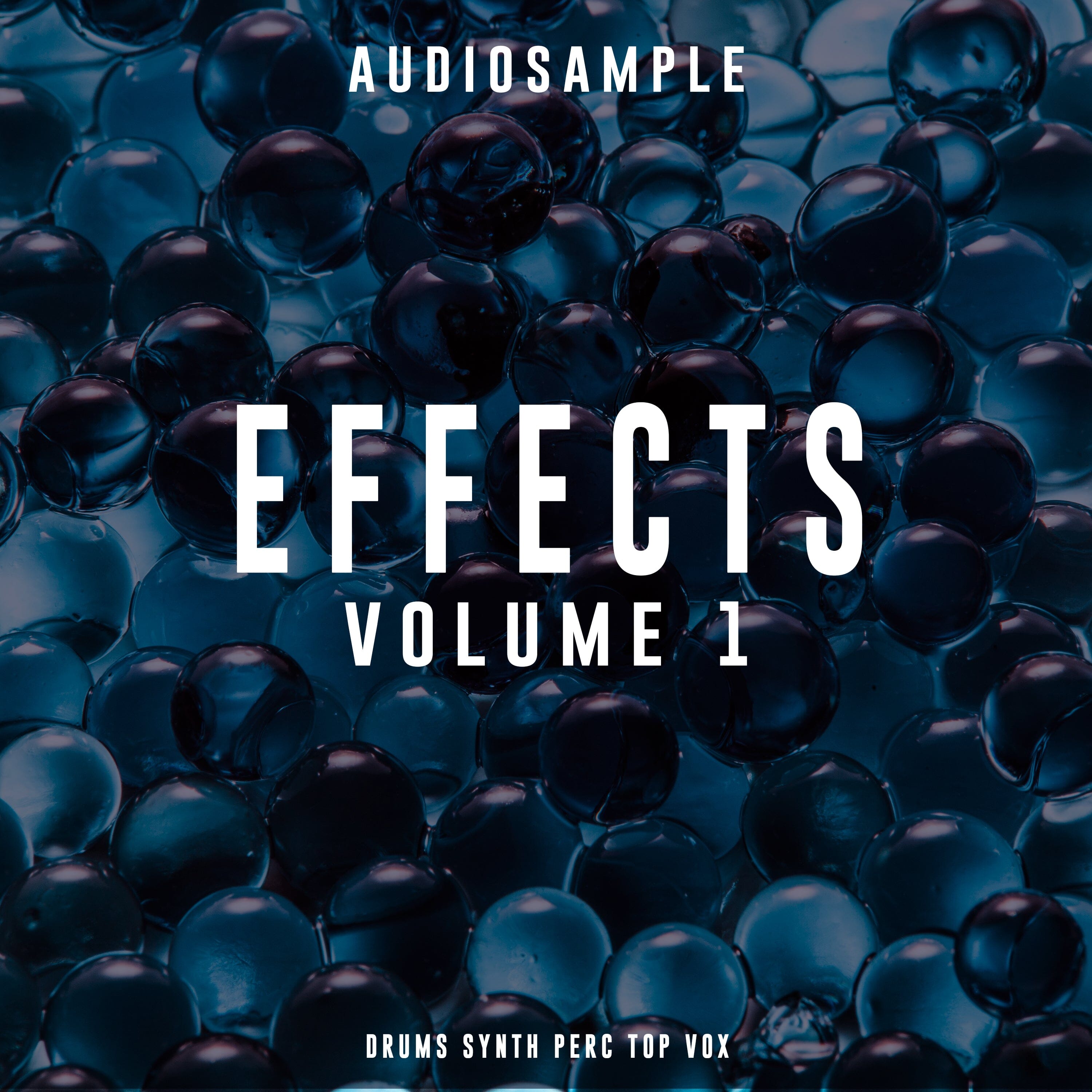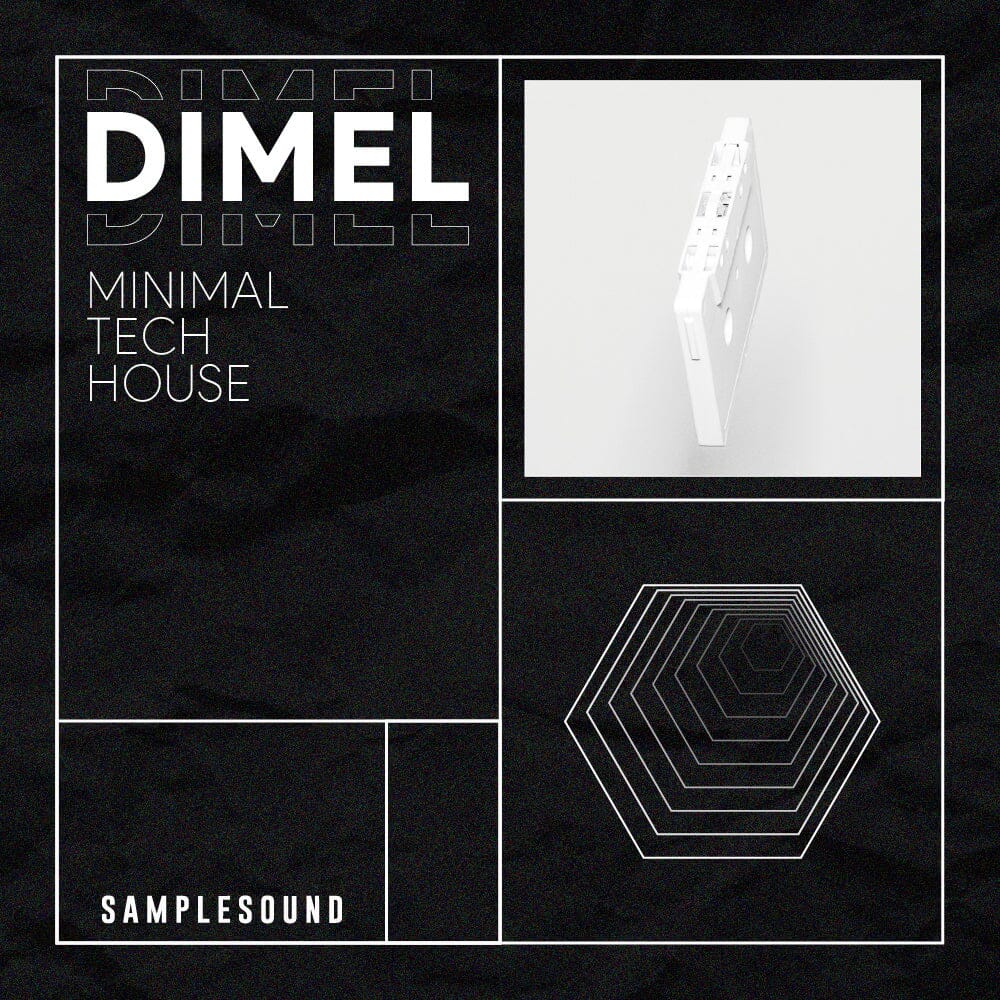Introduction to Designing a Techno Kick in Serum
A solid techno kick is the foundation of any great track in the genre. Crafting a custom kick from scratch allows producers to tailor their sound precisely to the atmosphere and energy they want to create. In this guide, you'll learn essential sound design techniques using Serum presets and how to build a techno kick from the ground up.

Understanding the Basics of Techno Kick Sound Design
Before diving into Serum, it’s important to understand the key characteristics of a techno kick:
- Punch: The initial transient that gives the kick clarity and cuts through the mix.
- Body: The main tone or weight of the kick that provides fullness and presence.
- Tail: The end portion that adds texture and helps the kick blend smoothly within the track.
Balancing these elements is crucial to designing a punchy and impactful techno kick.
Why Use Serum for Designing Kicks
Serum is a powerful wavetable synthesizer that offers extensive modulation options, pristine sound quality, and a highly intuitive interface. Unlike using pre-made presets, designing kicks in Serum from scratch allows for:
- Customizable waveforms tailored to your specific sound.
- Precise control over pitch envelopes for that essential punch.
- Detailed filtering and modulation to sculpt the sound exactly how you want.
These features make Serum a go-to tool for techno producers looking to craft unique kicks.
Setting Up Serum for Kick Design
Follow these steps to prepare Serum for creating a techno kick:
- Initialize Serum: Open Serum and click "Init Preset" to start with a blank slate.
- Select Basic Waveforms: Choose simple waveforms like sine, triangle, or square, which are ideal for building the kick's tone.
- Set Oscillator Levels: Lower oscillator B to zero unless layering sounds, focusing on oscillator A for the fundamental tone.
Creating the Fundamental Kick Sound
The foundation of your techno kick starts with the oscillator waveform:
- Begin with a sine wave on oscillator A for a clean sub-bass tone.
- Adjust the octave to make the sound deeper or tighter.
- Experiment with other wavetables if you want a more textured body.
Use the Unison mode cautiously, as too much detuning can blur the focus of the kick.
Shaping the Pitch Envelope for a Punchy Kick
One defining feature of techno kicks is the pitch envelope that creates a rapid downward pitch drop, giving that punch and sense of impact. In Serum:
- Navigate to the Envelope 2 section (or any free envelope).
- Set the envelope’s initial pitch at a higher semitone (for example, +24 semitones).
- Set a quick decay (between 50-100ms) with no sustain or release to create a fast pitch drop.
- Assign this envelope to control the oscillator’s pitch, creating the classic “thump.”
Using Filters and Modulation to Refine the Kick
Filters and modulation within Serum allow you to fine-tune your kick by removing unwanted frequencies and sculpting the tone:
- Use a low-pass filter to soften harsh high frequencies.
- Apply an envelope to the filter cutoff to create movement and additional punch.
- Experiment with modulation sources like LFOs for subtle rhythmic variations.
Adding Tail and Texture with Noise and Effects
To add character and body to your kick, incorporate noise and effects:
- Enable Serum’s noise oscillator and select a subtle white or sine noise for tail texture.
- Apply distortion or saturation to enhance warmth and grit.
- Add reverb sparingly to keep the kick tight but give it some spatial dimension.
Tips for Mixing and Layering Your Serum Kick
Once your techno kick is designed, mixing techniques help it sit perfectly in your track:
- Layering: Combine your Serum kick with acoustic or sampled kicks for added complexity.
- EQ: Use EQ to carve out muddiness and boost key frequencies around 60-100Hz.
- Compression: Apply compression gently to glue the kick and improve its punch.
Proper layering and mixing enhance the clarity and power of your kick while maintaining its energy.

Saving and Using Serum Presets for Consistency
To streamline future workflows, save your custom kick as a Serum preset:
- Click the menu icon in Serum and select “Save Preset As.”
- Name your preset clearly (e.g., “Techno Kick - Punchy”).
- Organize presets into folders or categories to quickly find them in future projects.
Using saved presets ensures consistency across your productions and speeds up your creative process.
Common Mistakes to Avoid When Designing Techno Kicks
- Overusing Unison Detune: Too much can blur the kick’s focus and reduce punch.
- Ignoring the Pitch Envelope: Without a properly tuned pitch drop, kicks lack impact.
- Too Much Reverb: Excessive space washes out the kick and kills its power.
- Neglecting Layering: A single sound often isn’t enough; layering adds body and interest.
- Forgetting to Check in Context: Always test the kick within your full mix, not soloed.
Conclusion and Next Steps in Techno Sound Design
Designing a techno kick from scratch in Serum is a rewarding process that gives you full control over your sound’s foundation. By understanding the kick’s core elements and learning to manipulate Serum’s versatile features, you can create kicks that stand out in any mix. Continue to experiment with different waveforms, modulation techniques, and layering approaches to develop a unique sonic signature. For more sound design inspiration and tools, explore Samplesound’s Techno collection and their software plugins.
FAQ
What makes Serum ideal for designing techno kicks?
Serum’s flexible wavetable synthesis, intuitive interface, and precise modulation options allow for detailed sound sculpting, which is essential for crafting tailored techno kicks.
Can I use Serum presets for quick kick sound design?
Yes, presets can serve as useful starting points, but customizing from scratch lets you create more unique and fitting sounds for your tracks.
How important is the pitch envelope in kick design?
The pitch envelope is crucial. It produces the fast pitch drop that creates the punch and impact so characteristic of a good techno kick.
Should I add reverb to my kick?
Reverb can add texture but should be used sparingly to avoid muddying the kick. Short, subtle reverb or room effects work best.
How can I ensure my kick sounds good in a full mix?
Always test your kick within the context of the entire track, apply EQ and compression thoughtfully, and consider layering to find the right balance and presence.
















